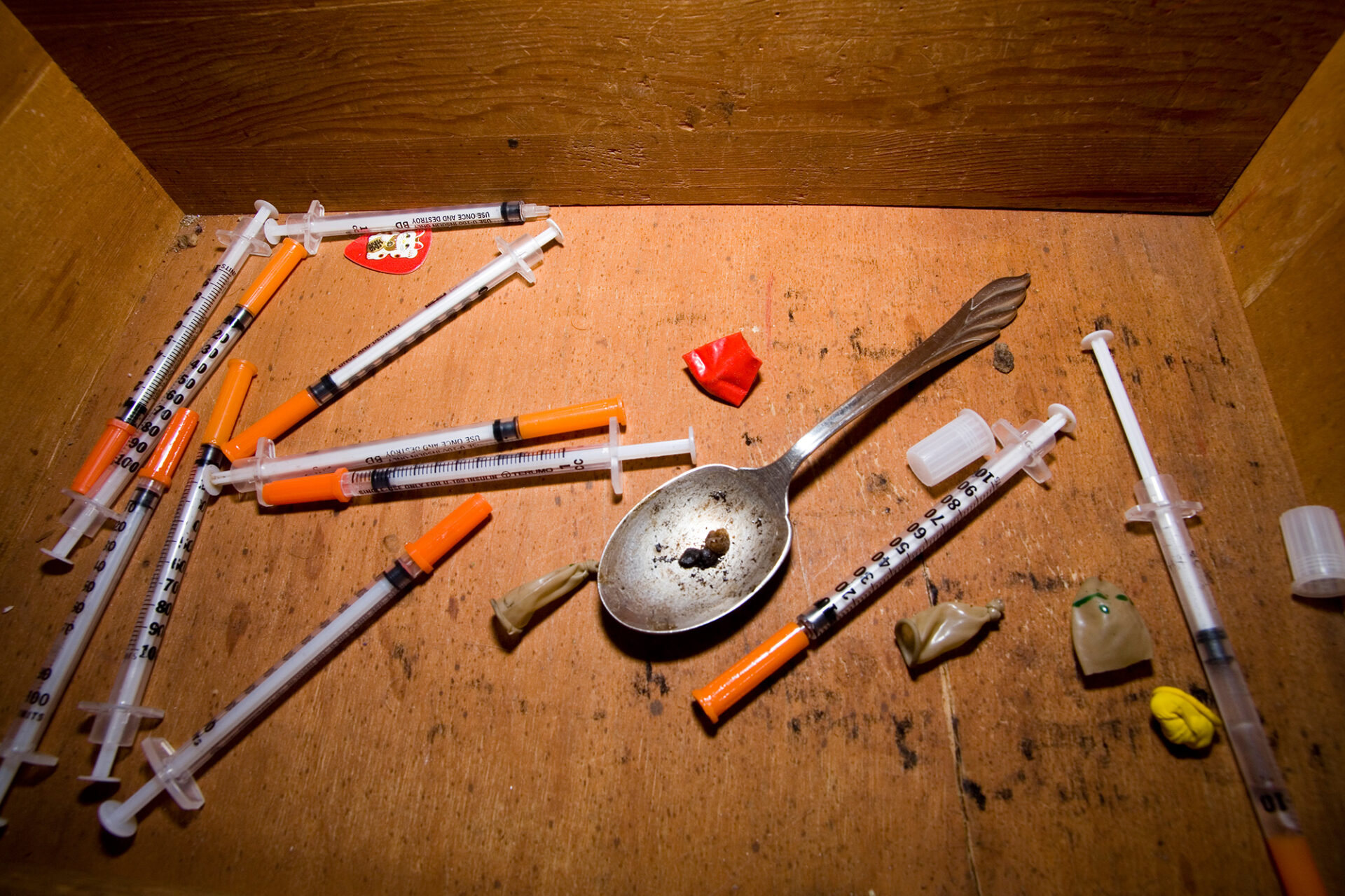The White House Office of National Drug Control Policy announced $9,996,950 in funding for the Appalachia High Intensity Drug Trafficking Areas (HIDTA) Program.
The HIDTA program supports federal, state, local, and tribal law enforcement agencies operating in areas determined to be critical drug-trafficking regions of the U.S. There are currently 33 HIDTAs and HIDTA-designated counties located in 50 states, as well as in Puerto Rico, the U.S. Virgin Islands, and the District of Columbia.
“Our funding provides for drug initiatives in the four states [included in the Appalachia HIDTA],” Chad Napier, West Virginia’s HIDTA coordinator, said. “And so the $10 million is split out amongst those initiatives. They mainly fund overtime for narcotics investigators, full-time narcotics investigators that are co-located within initiatives.”
The Appalachia HIDTA is made up of 51 initiatives throughout four states: Kentucky, West Virginia, Virginia and Tennessee. There are 15 initiatives in West Virginia.
“West Virginia leads the nation and the drug overdose death rate,” Napier said. “And so obviously, we’re always trying to allocate for more funding, just address those issues.”
The funds will support programs across the country to hold drug traffickers accountable, seize illicit drugs like fentanyl, and prevent and reduce gun violence and other violent crimes associated with drug trafficking.
